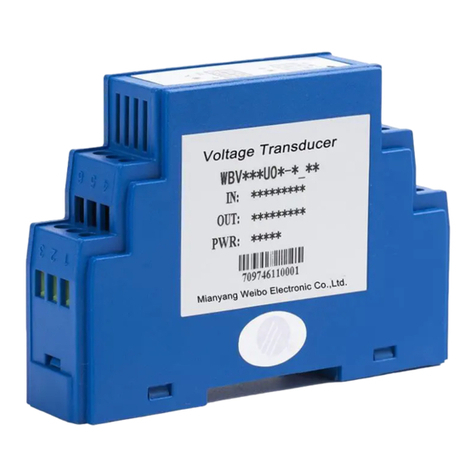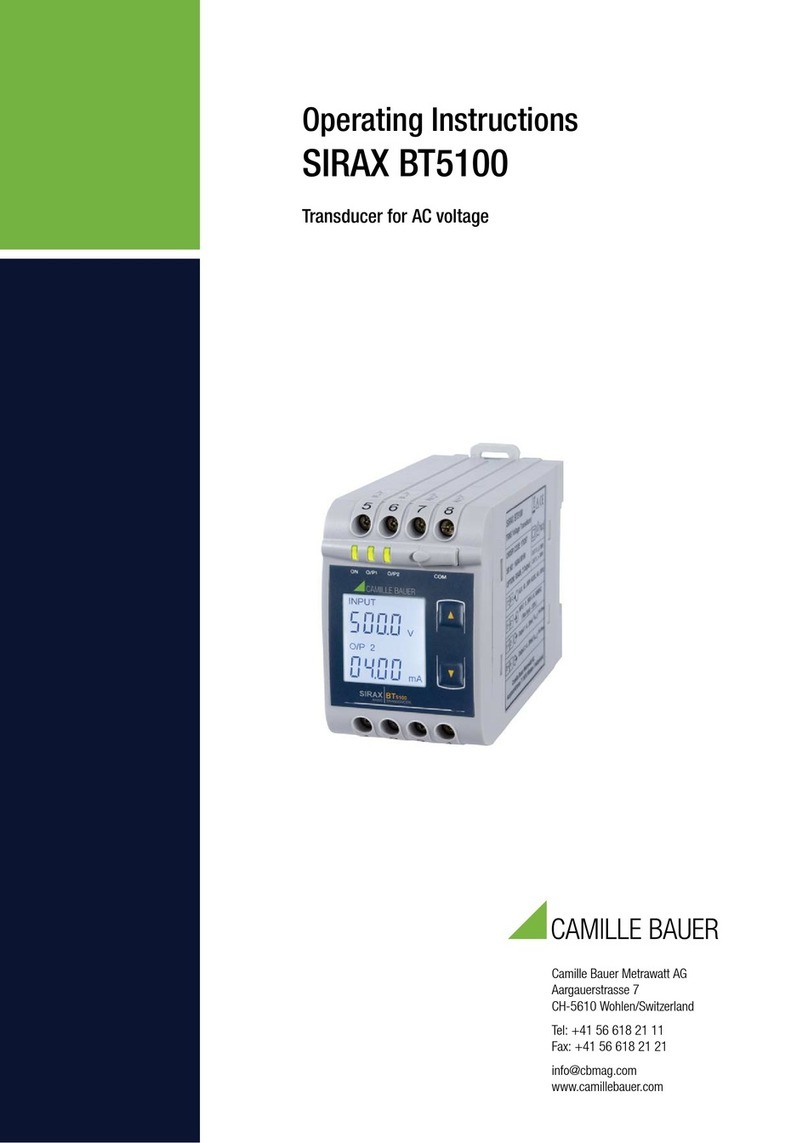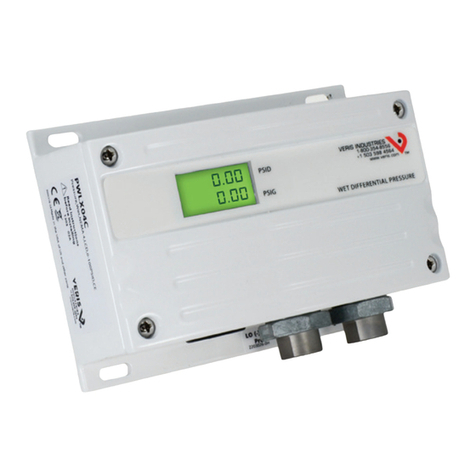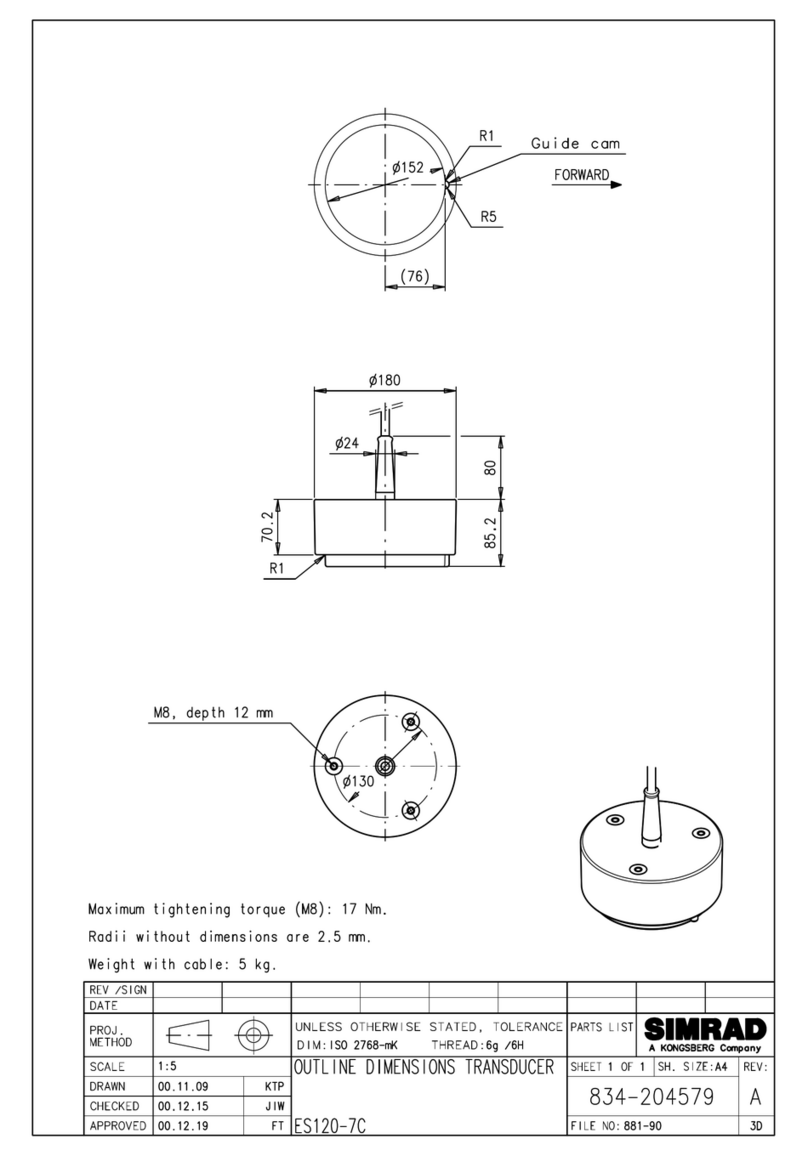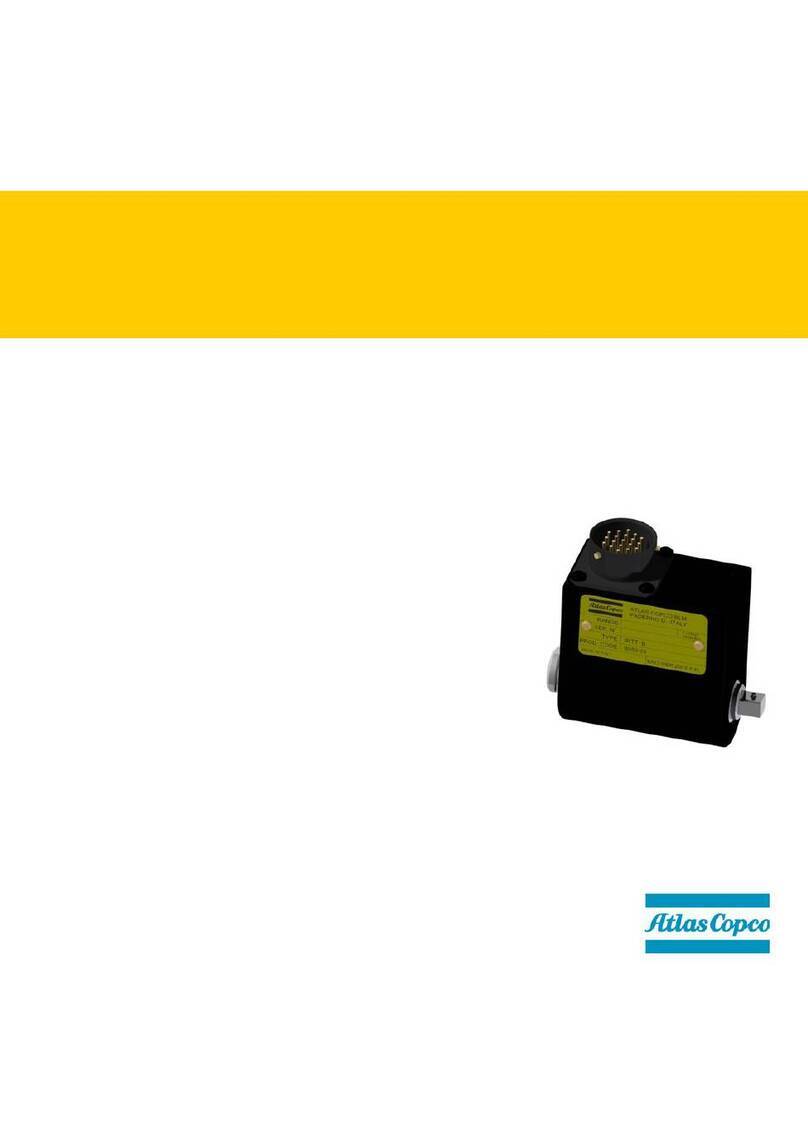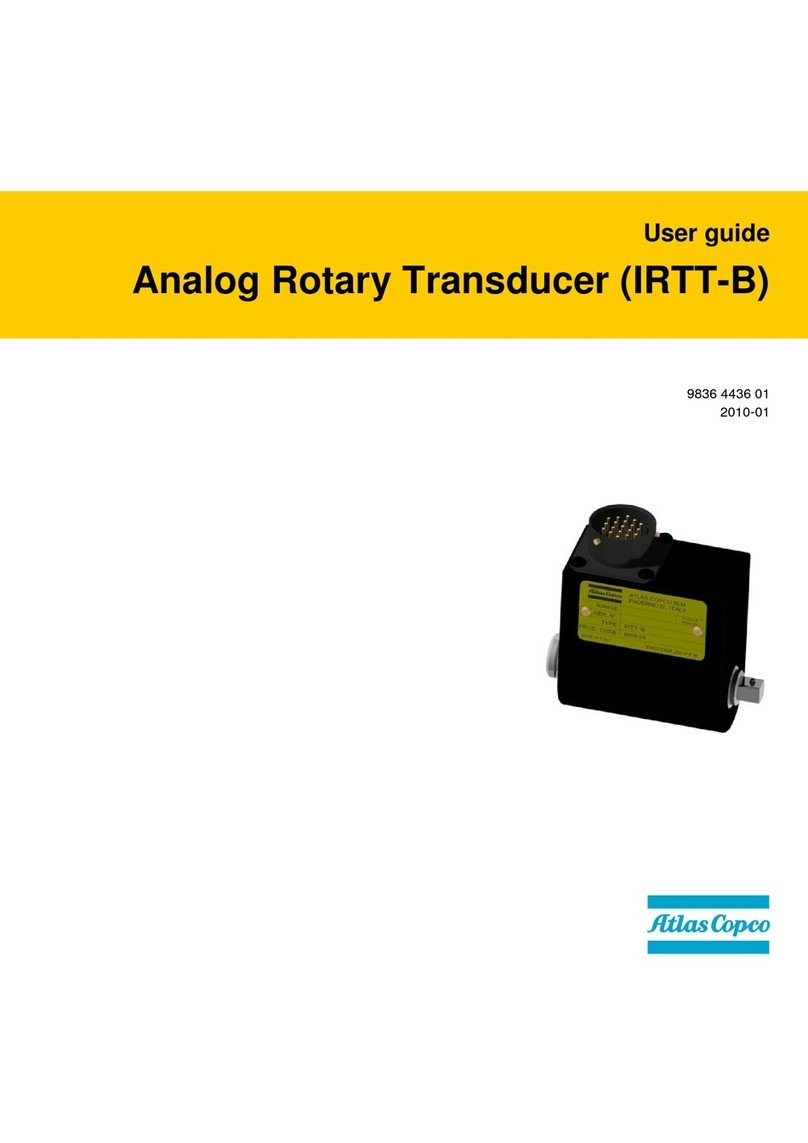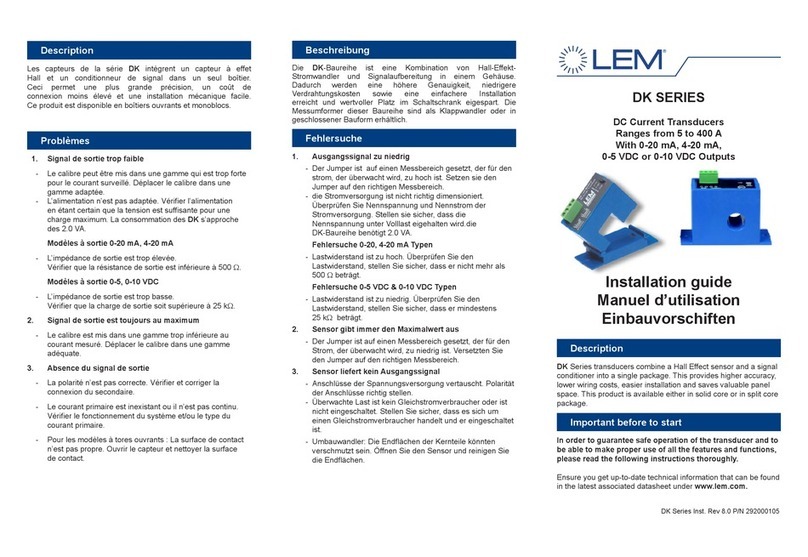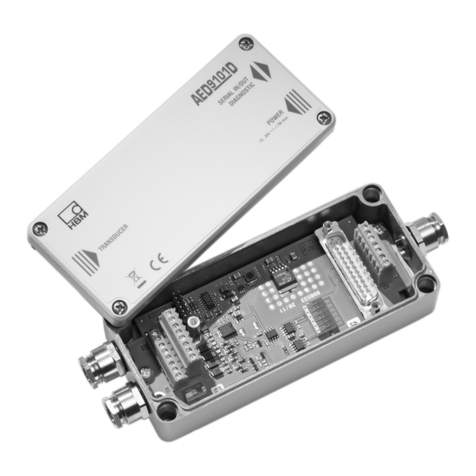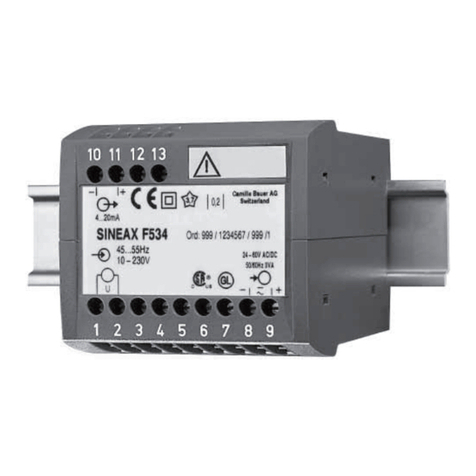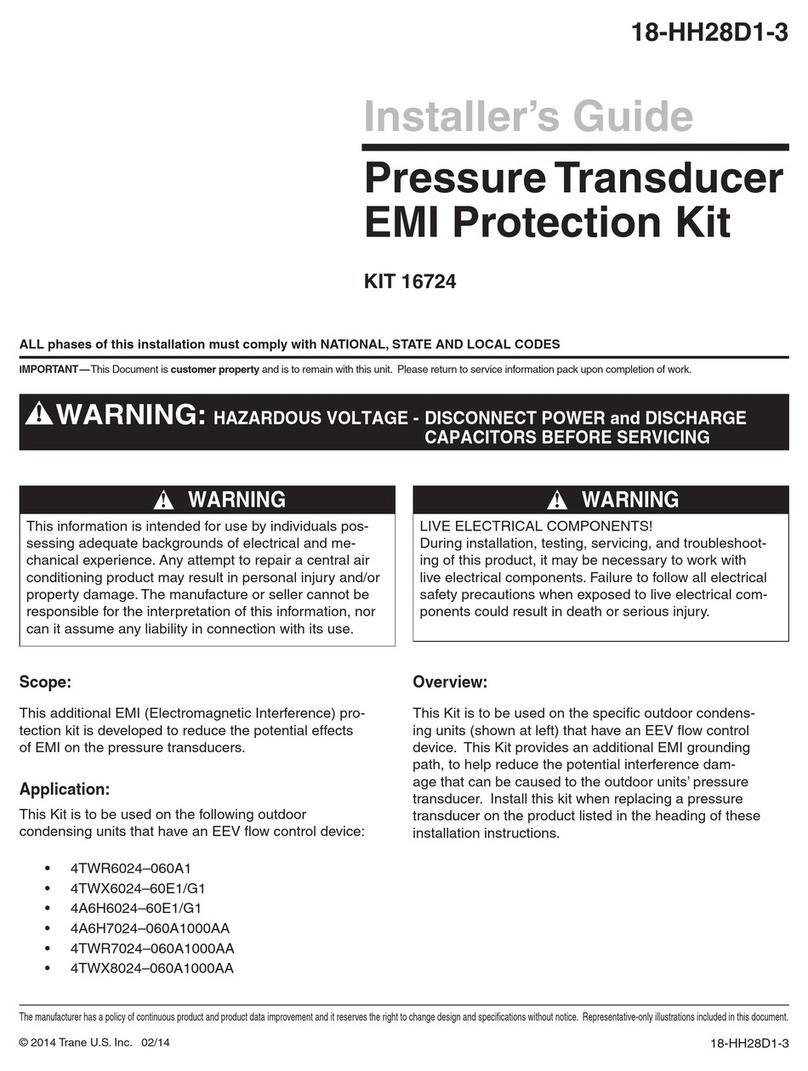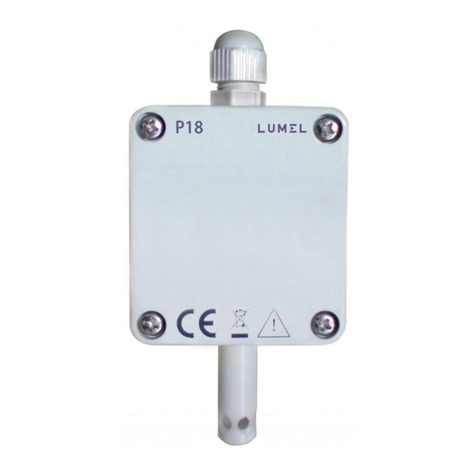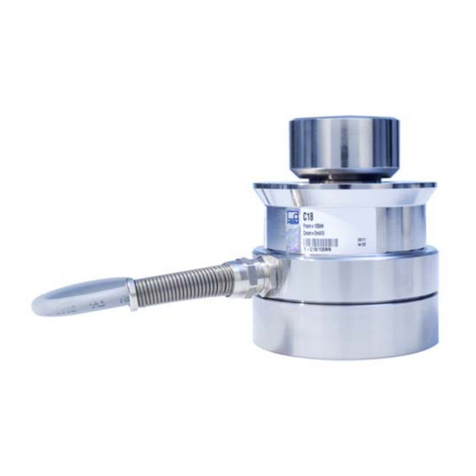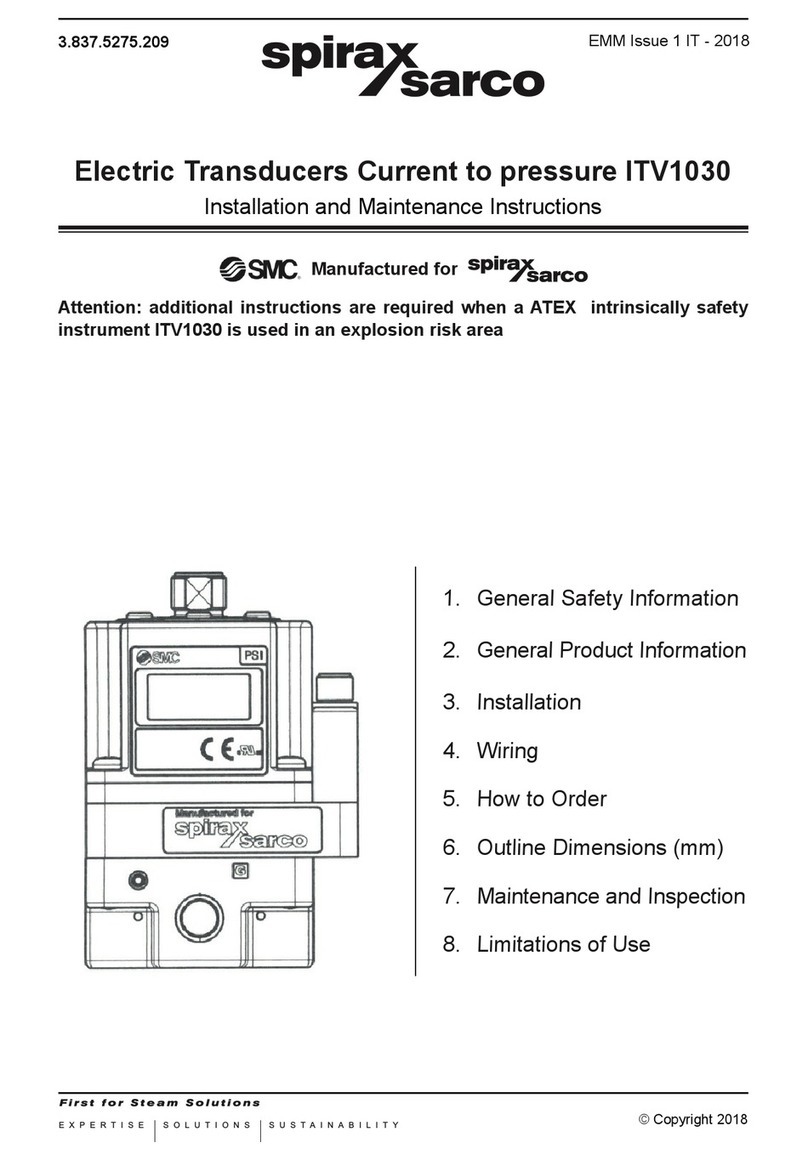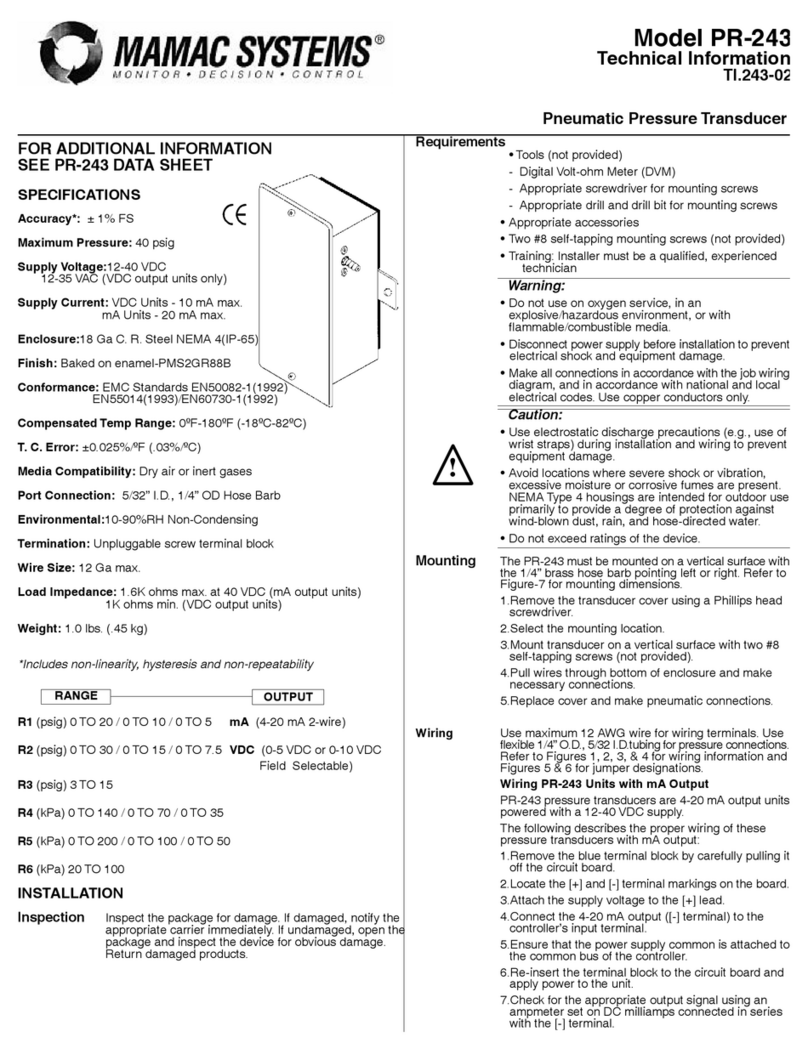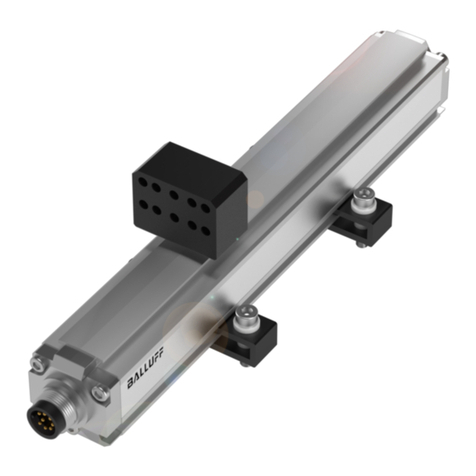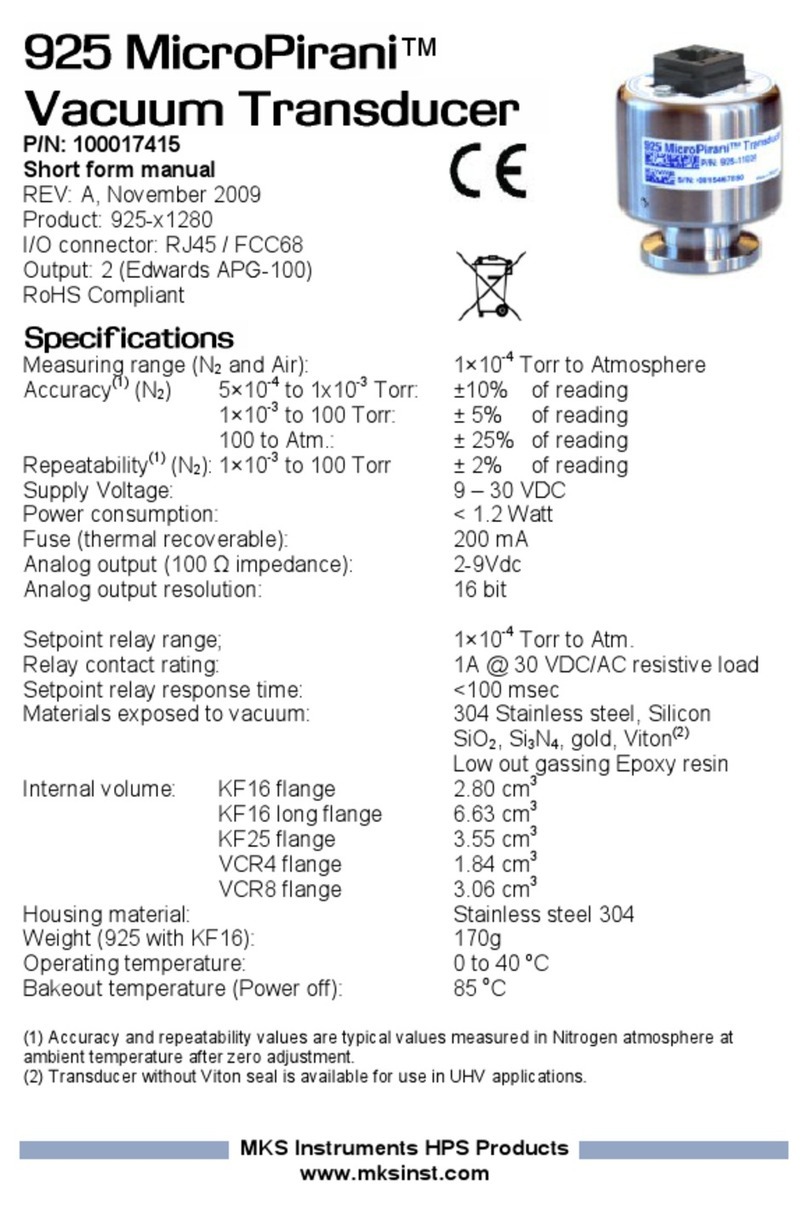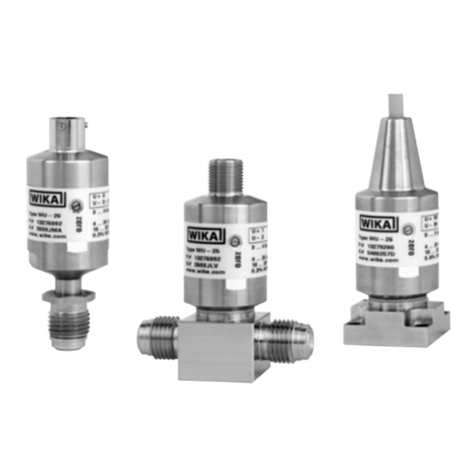
Product Instructions EN MT TS –Static Torque Transducer
4© Atlas Copco Industrial Technique AB –9836 5437 00
The product and/or its battery are marked with a crossed trashcan, see figure on the right.
The symbol indicates that parts within the product must be handled in accordance with the WEEE Directive.
Illegal wasting of this equipment may be prosecuted according to local laws.
The entire product, or the WEEE parts, can be sent to your “Customer Centre” for handling.
For more information, consult the website:
www.atlascopco.com
Choose Products - Links and downloads, and click EC RoHS and WEEE directives (ENGLISH only).
Lars Eklöf, President MVI Division
Signature of issuer
Useful Information
Log in to Atlas Copco website: www.atlascopco.com
It is possible to find all kind of information concerning Atlas Copco Industrial Techniques products, accessories, spare
parts, published matters on our Website.
Name and Address of the manufacturer or supplier
Atlas Copco BLM
via Pepe Gugliemo, 11
20037 Paderno Dugnano (MI)
Italy
Main Office Tel. +49 02 990351
Ergonomics
Ergonomic guidelines
Consider your workstation as you read through this list of general ergonomic guidelines and see if you can identify areas
for improvement in posture, component placement, or work environment.
Take frequent breaks anf change work positions frequently.
Adapt the workstation area to your needs and the work task.
Adjust for convenient reach range by determining where parts or tools should be located to avoid static load.
Use workstation equipment such as tables and chairs appropriate for the work task.
Avoid work positions above shoulder level or with static holding during assembly operations.
When working above shoulder level, reduce the load on the static muscles by reducing the weight of the tool, using
for example torque arms, hose reels or weight balancers. You can also reduce the load on the static muscles by
holding the tool close to the body.
Make sure to take frequent breaks.
Avoid extreme arm or wrist postures, particularly for operations requiring a degree of force.
Adjust for convenient field of vision by minimizing movement of the eyes and head during the work task.
Use the appropriate lighting for the work task.
Select the appropriate tool for the work task.
Use ear protection equipment in noisy environments.
